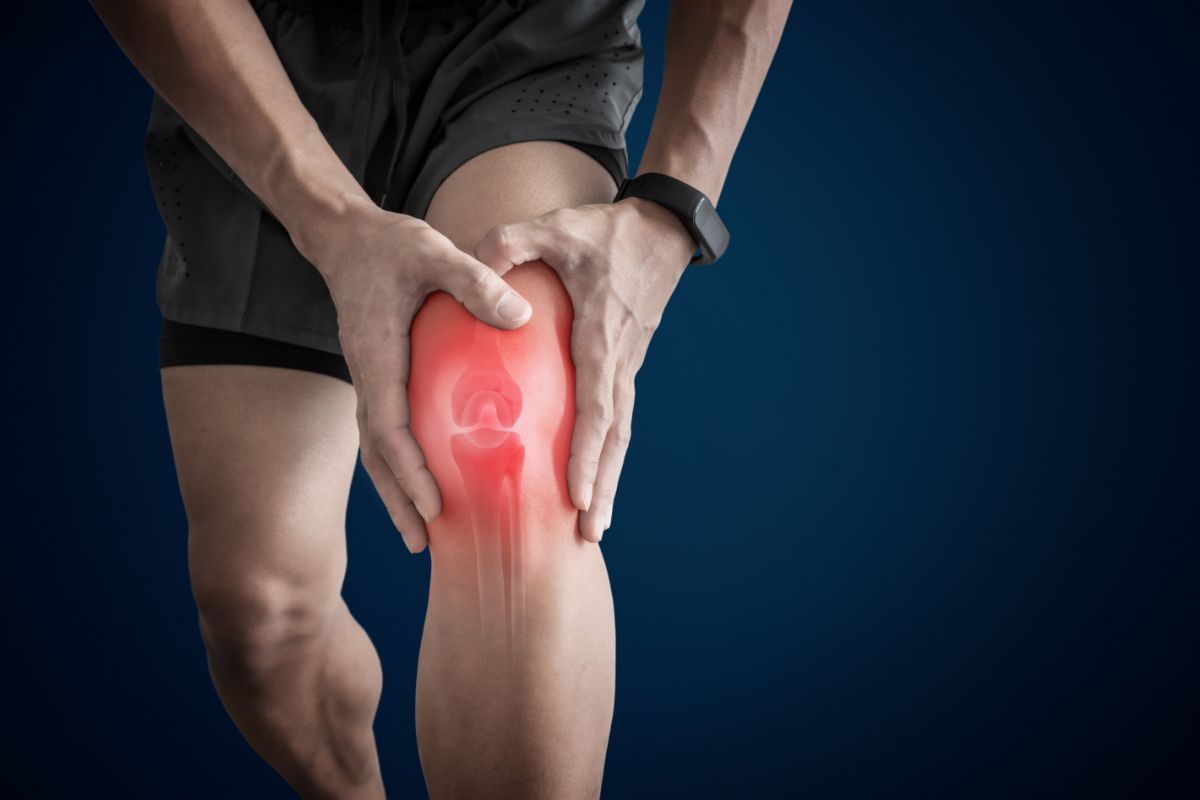
A normal individual takes over 5,001 steps every day. When added up over days, months, and years, these steps add up to hundreds of thousands of steps. All of this action takes place under your knees. As you might expect, this much mileage could be hard on your joints, especially if your knees are already hurting. Aside from this normal wear and tear, the knee joint is also usually hurt during sports. Our orthopedic surgeon in Altamonte Springs diagnoses and treats many issues relating to the meniscus, especially when they are torn.
What Does it Mean When the Meniscus Is Torn?
One of the most common knee injuries is a tear or injury to the cartilage between the tibia and the femur. This is known as a meniscus injury or tear. Sports often cause a torn meniscus, but it can happen to people of any age. Degenerative meniscus tears are common in older people, especially those with knee arthritis.
Medial and lateral tears are the two most common types of meniscus tears. The only thing that makes a medial tear different from a lateral tear is where the tear is in the meniscus. There are two menisci (menisci are the plural form of a meniscus) in each joint of the knee. You can find the medial meniscus inside the joint, while the lateral meniscus is outside the joint.
How Do You Know if You've Torn Your Meniscus?
A trained doctor is the only one who can figure out what's wrong with you. But some signs could mean there is a tear in the meniscus. In the next few paragraphs, we'll discuss some signs that you might have a torn meniscus.
If you think you've torn your meniscus, you should be aware of these four signs, which people with this injury often report:
- People with a torn meniscus often say that they feel pain along the length of the joint.
- When they bend their knee, they often feel pain or weakness, and sometimes they say it feels like it's catching or locking.
- People with an acute tear in their knee may have a lot of swelling and often say that they heard or felt a "pop" in their knee.
- Some say it hurts when they move from sitting to standing or go up or down stairs.
During the first traumatic event, many people say that they felt a pop in their knee and heard a popping sound. This happens all the time. People are often scared when they feel their knees pop and lock, but this is normal for more serious meniscus tears. Your doctor will use imaging tests like an X-ray or MRI to determine what's wrong with your knee.
Whether the tear in your meniscus was caused by an accident, an injury you got while playing sports, or just general regular use, there are many ways to treat it. Physical therapy might be the best way to treat your meniscus injury, but this will depend on how bad your injury is, how old you are, what kind of activities you do, and a number of other things.
When you start doing these exercises for a torn meniscus, you'll focus on making your knee more flexible. Then, you'll work on strengthening the tissues around the knee to make it more stable. If you need surgery to fix the tear in your meniscus, your treatment plan will include meniscus tear exercises to do after the surgery.
If you are looking for a quality orthopedic surgeon in Altamonte Springs, contact the specialists at Florida Bone and Joint to schedule an appointment today.